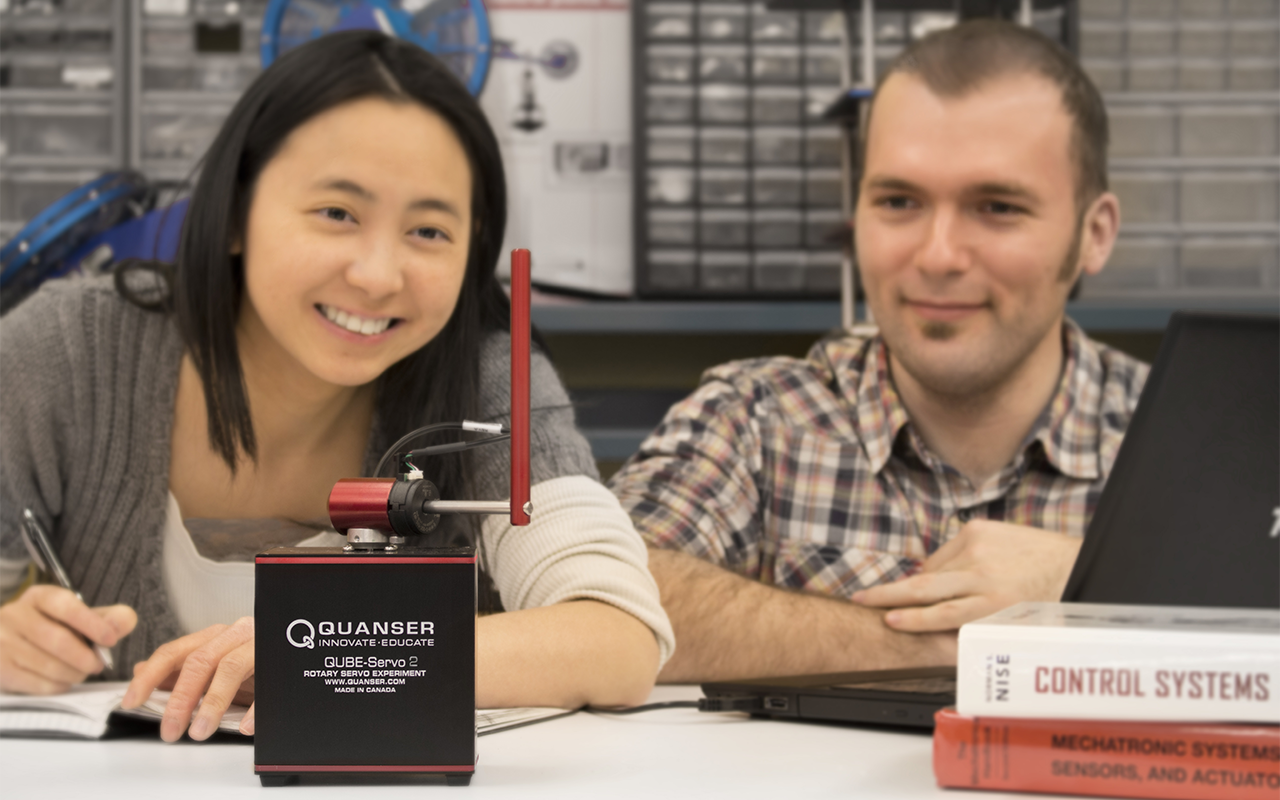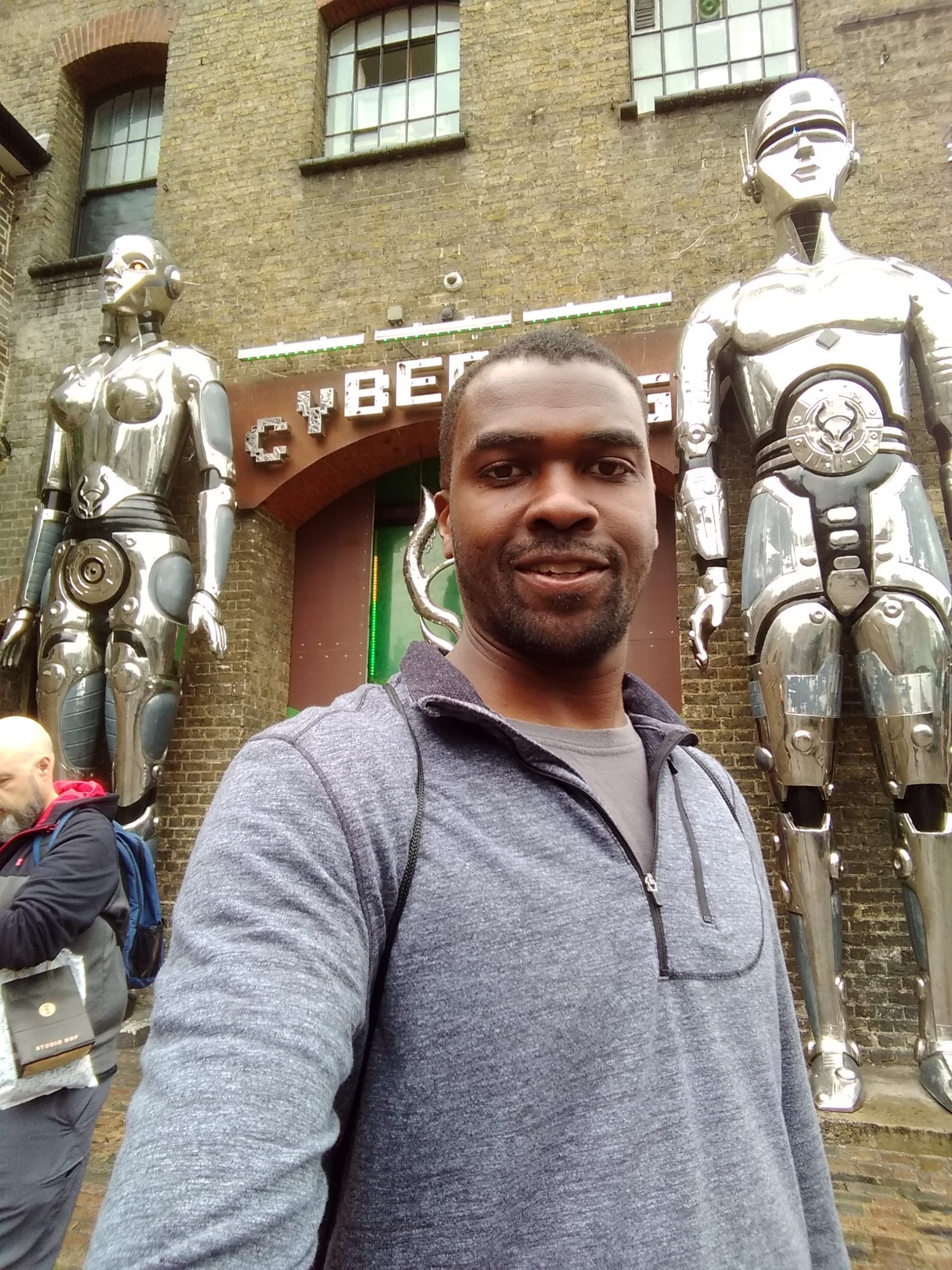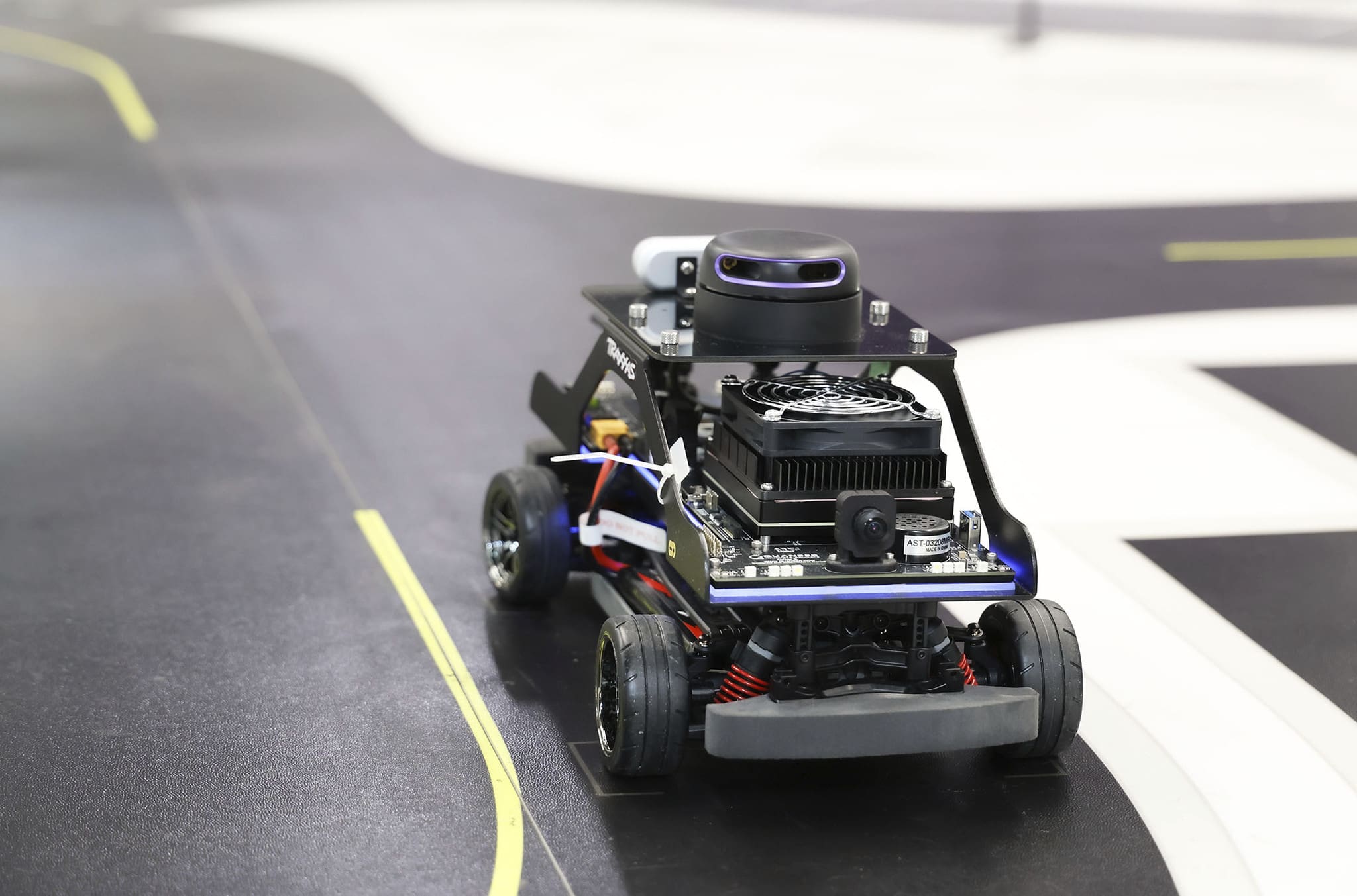
At Quanser we have always held that when teaching controls and mechatronics nothing beats hardware. A well equipped lab where students can get practical experience with actual systems has always been our gold standard solution. However, in these unprecedented times, engineering educators have had to adapt to changing demands. This has led to a massive adoption of virtual, asynchronous, and hybrid teaching tools. Now that we have the opportunity to return to the lab in person, is there an even better way to teach engineering labs which leverages the best of both worlds?
The Spectrum of Teaching Solutions
Before the start of the pandemic, labs were almost exclusively delivered in person using some sort of physical hardware. This represents one end of a spectrum of teaching solutions. Once campuses closed and students returned home, most institutions were forced to move to an entirely remote or virtual lab solution (check out our recent case study on York University). Even further, many institutions used this opportunity to move to a flipped learning model both in and out of the “lab”. This is the other end of the spectrum, a completely virtual lab experience. Both of these extremes have proven valuable in their own way. But now that students around the globe are returning to the classroom and the lab, we have an opportunity to seek out a superior middle ground.
Flipped Classrooms and Flipped Labs
The concept of a flipped classroom is not new, the concept has been around for decades. However for the first time in history, the vast majority of students now have first-hand experience of flipped or virtual-first learning environments. This means that applying this concept in the lab may be more feasible now than at any other point in history. A flipped lab could consist of anything from analytical pre-lab activities all the way to a complete virtual lab experience. Once students have completed the asynchronous portions of the lab, they will be able to come to the physical lab period ready to either validate their experimental results on hardware, or seek help with specific problems from the lab staff. Either way, having students arrive at the lab period better prepared to make the most of the time with hardware can only improve the utilization of both lab equipment and staff hours.

Hybrid vs. Blended Learning
The distinction between hybrid and blended learning models is often not well understood. In a Hybrid Lab solution, all students would have the same lab experience, but only some of them would be using actual hardware. This is only feasible if the virtual lab experience is comparable to a hands on hardware lab. This is not possible in many disciplines, however with Quanser Interactive Labs, the student experience using QLabs is practically identical to using hardware. This means that students could opt to come to the lab and test their skills on physical hardware, or complete the lab from the comfort of their own home with little or no change in the quality of the experience. On the other hand, with a Blended Lab solution, all students would perform each lab module using the same method (hardware, or virtual) however the lab would consist of a blend of both teaching modes. This allows, for example, students to complete the lion’s share of the lab work at home using virtual lab materials and then validate their findings using physical hardware. The blended solution does not offer as much flexibility to the students, however it provides a much more rich lab experience and can potentially significantly shorten the time spent on campus for lab periods.
Good, Better, Best
Looking at the range of solutions I have covered, I personally think there is a clear hierarchy of quality in student experiences. The two extremes of only offering 100% virtual or physical lab experiences are both good, given you have quality hardware or virtual lab equipment. Better than either extreme would be a hybrid approach which allows students to decide for themselves whether they would prefer the less time-restrictive virtual option, or the more practical hardware experience. This solution is particularly valuable if there is a possibility of unforeseen restrictions to campus access. The best solution in my opinion, however, is a blended approach. Using virtual lab equipment to take the traditional analytical pre-lab more engaging and practical while still adequately preparing students for a hands-on lab means that students can walk into the lab period with an intuitive understanding of the behavior they should expect from the hardware. Having seen the lab experiment in a virtual space, students will already know what to look for in terms of performance. Even more important, students have the opportunity to fail in a low-stakes virtual environment rather than under the pressure of a time-limited lab period.
Do I Have to Choose?
No! If you make the right decisions in how you allocate funds for lab equipment, it is entirely feasible to switch between any of these solutions up to, or even after the start of the term. Any virtual solution which provides a quality Hybrid Lab experience will necessarily also be adequate for a Blended approach. The key is to become comfortable with teaching and assessing students in both the virtual and physical lab spaces and then deciding what works best for both you, and your students.



